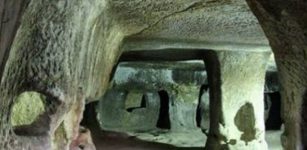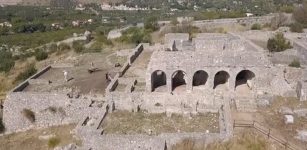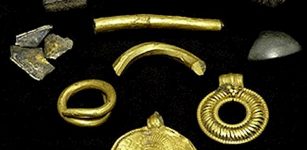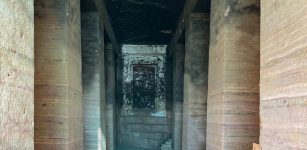Cave Discovery Reveals Native And European Religious And Spiritual Encounters In The America
MessageToEagle.com – Archaeologists have discovered remarkable evidence which shows how the first generations of Europeans to arrive in the Americas engaged with indigenous peoples and their spiritual beliefs deep inside the caves of a remote Caribbean island.
The island of Mona sits isolated between the Dominican Republic and Puerto Rico in the Caribbean Sea. It has no human settlements and is devoid of human life.
Ever since 2013, scientists have been on the island exploring about 70 cave systems.
Now, archaeologists from the British Museum and the Leicester University have made some intriguing discoveries that shed light on Native and European religious encounters in the Americas.
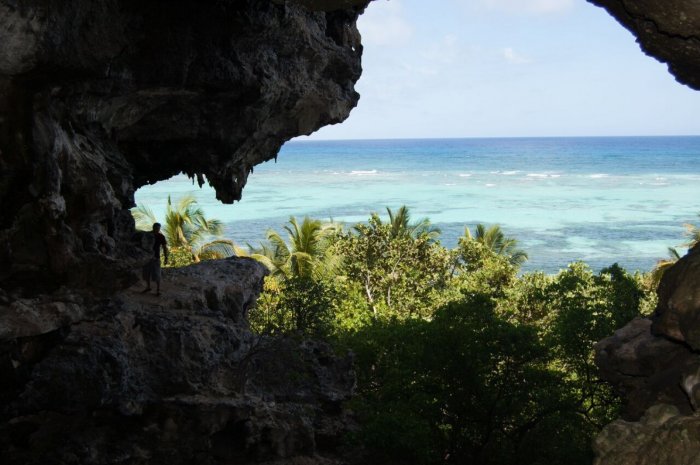
According to the research team, Mona’s caves include the greatest diversity of preserved indigenous iconography in the Caribbean, with thousands of motifs recorded in darkzone chambers far from cave entrances. This site offers evidence of a peculiar religious collision where both the spiritual beliefs of the native islanders and Christianity, as practiced by 16th-century Spaniards, seem to coexist.
See also:
Nonhuman ‘Hands’ Found in Prehistoric Rock Art
Ezhuthala Cave With Prehistoric Paintings In Kerala’s Sandalwood Forests In India
Brilliant Prehistoric Cave Paintings Of Lascaux – Who Were Their Unknown Creators?
Based on nearby pottery fragments and radiocarbon-dating the soot from torches used to light up the caverns – the art is in dark zones, far from the entrances – the researchers say the indigenous art is quite old, going back to the 12th century.
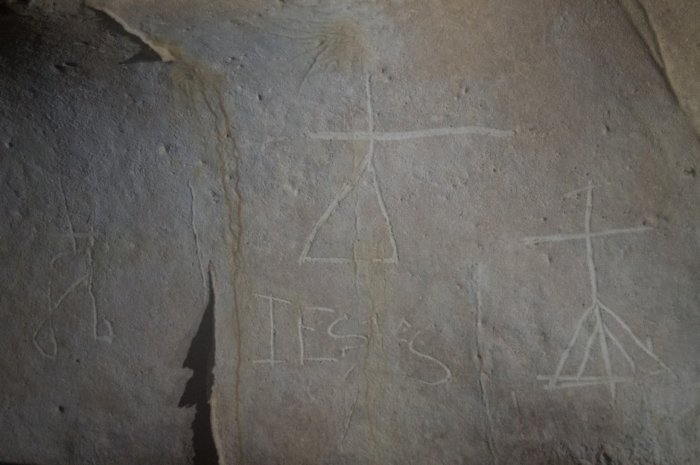
The European images are newer, possibly appearing decades after Christopher Columbus stopped on Mona in 1494. In the long tradition of graffiti artists, painters and children with pocketknives, one visitor inscribed his initials, the archaeologists say: Francisco Alegre, a Spaniard who was recorded leaving Spain in the 1530s and who ultimately landed in San Juan.
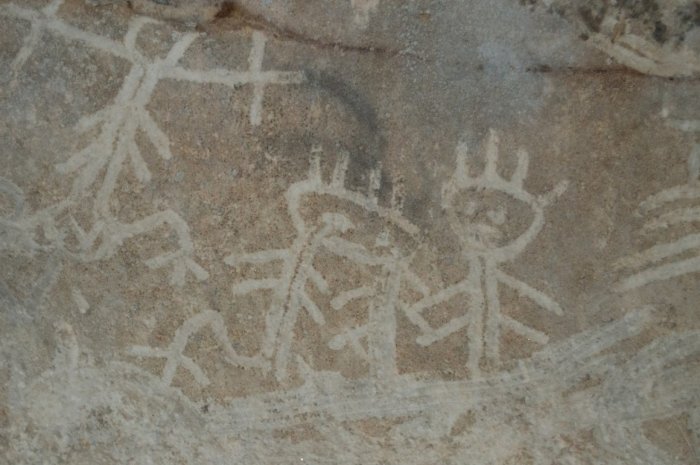
The location of the markings indicates the islanders would have had to guide the Europeans about 160 feet in the dark.
Study of the Christian markings, not obscuring the older artwork but at its side shows the colonists had respect for the native population.
And the location of the Christian markings – not obscuring the older artwork but at its side – indicates the colonists had respect for the native population
“The historical legacy of 1492 fixates upon and fetishises the incompatibility of native and European worldviews,” the paper’s authors write. They say the fact that the religious symbols exist side by side throws a wrinkle into this narrow interpretation.
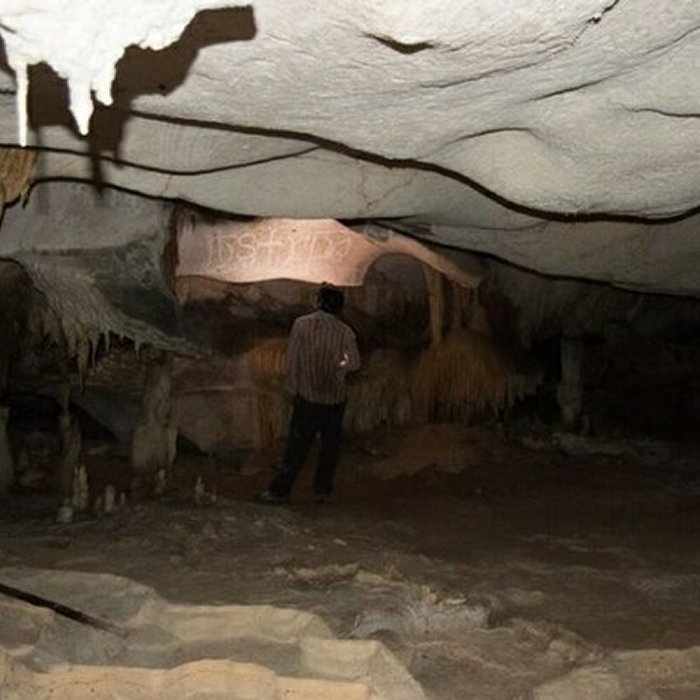
Dr Alice Samson from the School of Archaeology and Ancient History said: “Increasing use of interdisciplinary approaches and archaeometric analyses have provided new understandings of colonial processes that are more nuanced than mere oppression, domination and, in the case of the Caribbean, indigenous extinction.
“This not only provides a counterpoint to official metropolitan histories, but also tracks the beginnings of new religious engagements and transforming cultural identities in the Americas.”
MessageToEagle.com

